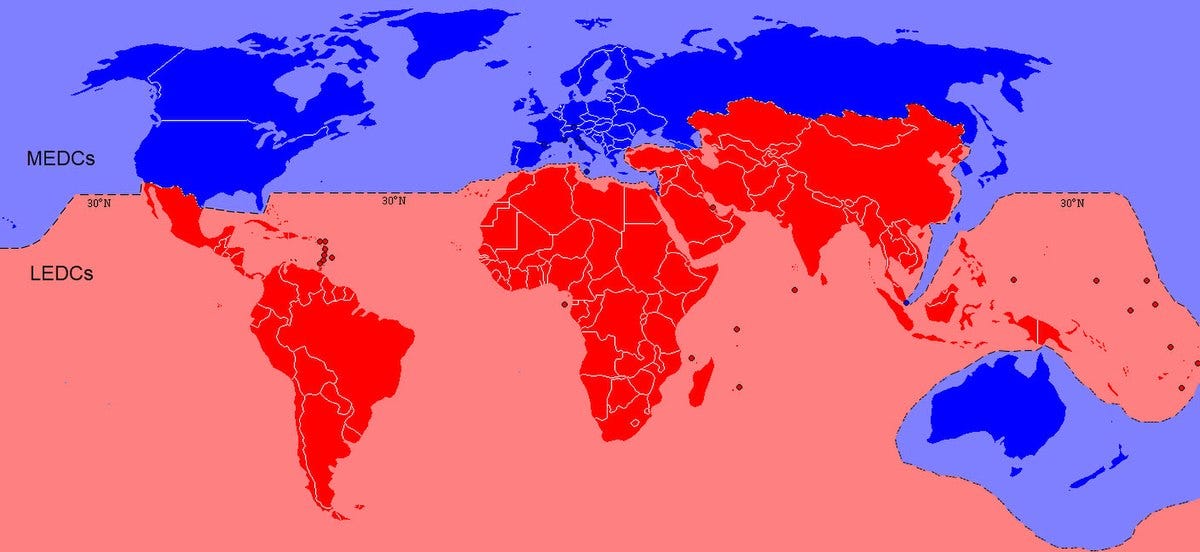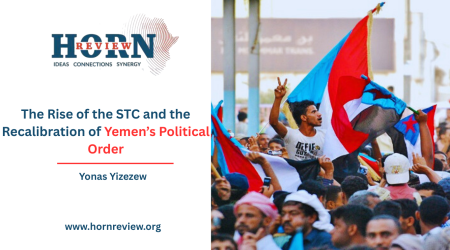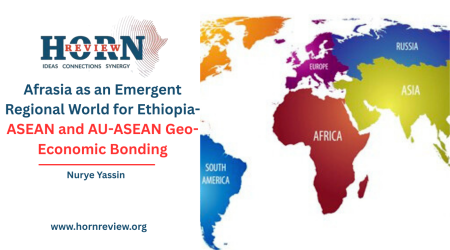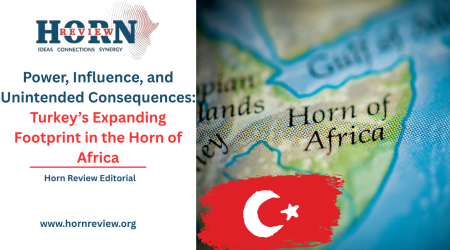
24
Apr
The Suicide of Multilateralism: How America’s Unilateral Turn Alienates the Global South
The global order is fracturing, and nowhere is this fragmentation more pronounced than in the Horn of Africa, a region long caught at the crossroads of instability and strategic importance. In this geopolitical fulcrum of fragile states, maritime chokepoints, and enduring conflict, the ramifications of America’s strategic recalibration are neither abstract nor deferred. They are immediate, combustible, and consequential. As the United States gradually retreats from its post-Cold War posture of liberal hegemony, embracing instead a doctrine marked by transactionalism and selective engagement, the critical question becomes not whether the global system will shift, but how, and at what cost.
For much of the 20th and early 21st centuries, the United States functioned as a reluctant steward of a rules-based international order. It safeguarded trade routes, underwrote international institutions, and, at times, intervened, militarily or economically, in the name of global stability. That era appears to be closing. What is emerging in its place is a foreign policy defined more by immediacy and self-interest than by enduring alliances or normative commitments. Tariff wars replace trade negotiations, partnerships are recast through the lens of coercion, and aid is deployed sparingly, often contingent on short-term gains.
Nowhere is the impact of this shift more visible than in the Horn of Africa, a region where governance vacuums and geopolitical rivalries converge. As American engagement wanes, other powers are moving assertively to fill the void. China is entrenching itself through infrastructure investments and strategic basing, the Gulf states are leveraging economic influence to secure ports and local actors, Turkey pursues its regional ambitions under the guise of cultural diplomacy and military cooperation, and Russia, true to form, seeks influence through a mixture of nostalgia, mercenaries, and mineral extraction.
The United States, by contrast, appears caught in a cycle of episodic involvement and abrupt withdrawal, imposing sanctions on Eritrea one month, pulling back from Somalia the next, and occasionally employing force in a manner that signals capability but not commitment. This pattern does not constitute a coherent strategy, it is strategic dissonance, and it is undermining the region’s already tenuous stability.
The logic of unilateralism, seductive as it may be, is built on a dangerous fallacy: that disorder beyond America’s borders can be contained or rendered irrelevant. Proponents argue that the United States, with its economic resilience and technological dominance, can afford to disengage and fortify itself. Yet history and geography suggest otherwise. Instability is rarely static. Left unaddressed, it proliferates, through migration, radicalization, disrupted trade, and strategic encirclement.
Consider Somalia. The United States invested billions to support the federal government and counter extremist groups such as Al-Shabaab, only to scale back under one administration, return under another, and eventually reduce aid amid allegations of corruption. The result is a resurgence of non-state actors, the fragmentation of central authority, and an influx of external influence, including arms and financing under the pretext of counter-piracy.
For years, Washington pursued a low-footprint model, drones, special forces, and local militias to minimize costs and avoid entanglement. Yet this approach addressed symptoms, not causes. Al-Shabaab evolved. The Houthis escalated. Each American retreat has been followed by the resurgence of armed groups and deepening instability.
Meanwhile, China’s presence in Djibouti is more than symbolic, it is strategic. As the U.S. pivots its focus to Eastern Europe and the Indo-Pacific, China quietly consolidates influence, building not only infrastructure but political leverage. Russia, for its part, is reviving old Soviet-era ties, embedding itself through military contracts and mining concessions across Sudan, the Central African Republic, and beyond.
Despite these trends, the United States retains the capacity to shape outcomes in the Horn. But capacity without will is squandered influence. Some voices in Washington argue for a retreat from peripheral regions, favoring a division of global influence among great powers. Yet this vision is shortsighted. The Horn of Africa is not peripheral, it is pivotal. Control over the Bab el-Mandeb strait, a critical artery for global energy shipments, carries implications that extend far beyond the region. Allowing authoritarian rivals to entrench themselves in this space is not just a matter of neglecting foreign policy, it is a forfeiture of long-term strategic leverage.
The solution does not lie in nostalgia for liberal empire. Rather, it demands a pragmatic, principled, and enduring form of engagement, a coalition of democracies anchored by resilient domestic institutions, selective in intervention, but unwavering in the defense of international norms and critical interests.
This is not altruism, it is enlightened self-interest. A stable Horn of Africa means fewer humanitarian crises, reduced global insecurity, and strategic denial of terrain to rival powers. But such stability requires what Washington has too often lacked in recent years, strategic patience, consistency, and the recognition that influence, once relinquished, is not easily regained.
The era of unilateral dominance may be waning, but that does not necessitate abdication. The choice before America is stark, it can continue to oscillate between detachment and disruption, or it can recalibrate, deploying its considerable power with clarity and purpose. The stakes are high, and the Horn of Africa will be among the first regions to bear the consequences of that decision.
The decision belongs to Washington. The implications, however, will be global.
By Samiya Mohammed,Researcher, Horn Review










